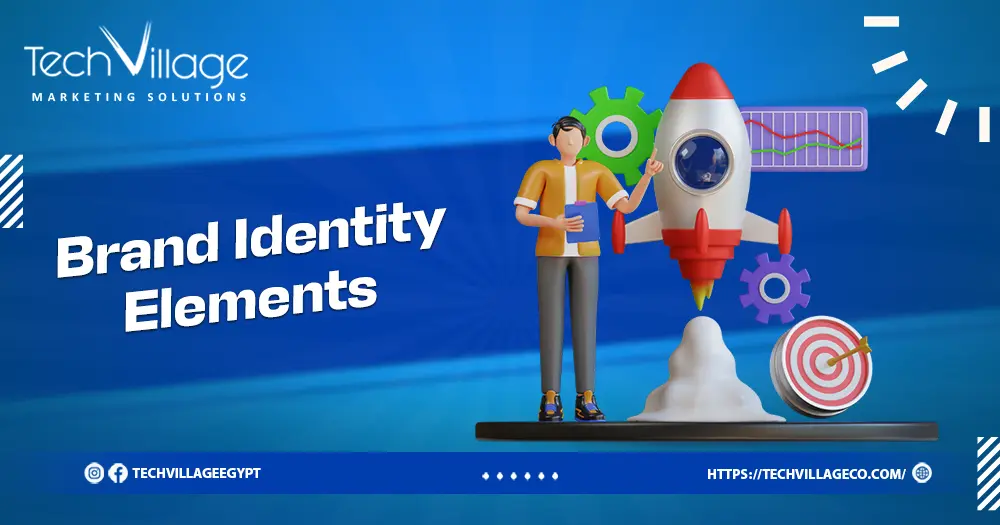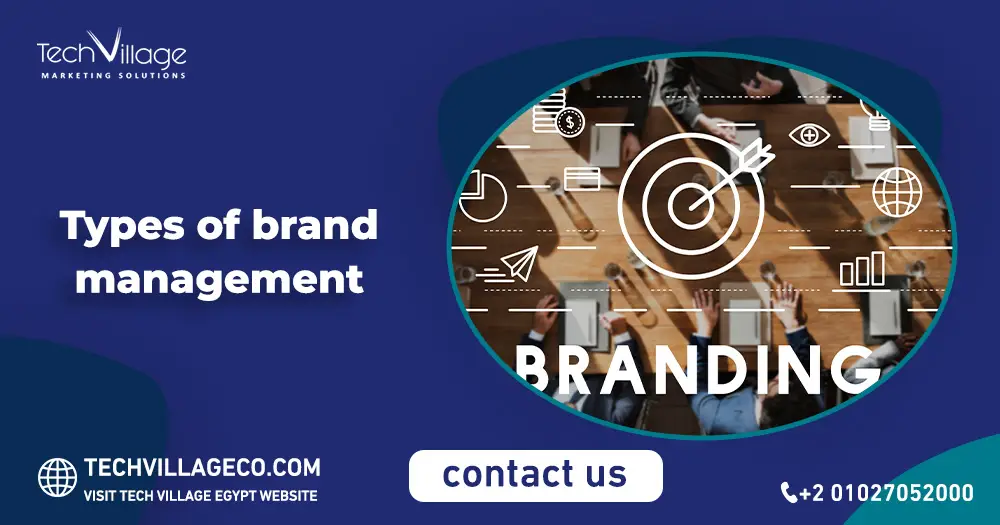brand identity elements play a pivotal role in shaping how a company is perceived by its audience. Comprising visual and communicative components, these elements establish a distinct and memorable identity for a brand. From logos and color schemes to typography and messaging, each element contributes to a cohesive and recognizable brand presence, fostering consumer connection and loyalty.
In this dynamic landscape, understanding and strategically crafting brand identity elements are essential for a brand to stand out in a crowded marketplace. Therefore, through the following paragraphs, we will learn about the concept of brand identity, and we will also discuss the brand identity elements in detail.
Table of Contents
ToggleWhat is a brand identity?
brand identity elements is the collection of visual and communicative elements that represent a company and distinguish it from others in the marketplace. It includes components such as logos, colors, typography, imagery, and messaging, all designed to convey a consistent and distinctive image.
A well-defined brand identity element not only helps a business establish recognition but also communicates its values, personality, and promises to the target audience, fostering trust and connection. Essentially, brand identity elements is the outward expression of a brand’s essence and plays a crucial role in shaping how the brand is perceived by consumers.
Read Also: Brand Identity Packaging.
What is the process of brand identity?
The process of developing a brand identity element involves several key steps. If you want to make upgrades to your business, you must be fully aware of these elements, which are:
1- Research and analysis:
- Understand the target audience, market, and competition.
- Analyze the company’s values, mission, and unique selling points.
2- Define brand strategy:
- Establish the brand’s positioning and differentiation in the market.
- Outline key brand attributes and characteristics.
3- Create brand elements:
- Develop visual elements such as logos, color palettes, and typography.
- Craft messaging, taglines, and other communicative elements.
4- Design and development:
- Translate the brand elements into tangible assets.
- Ensure consistency across various platforms and mediums.
Read also: Brand Identity Vs Brand Strategy.
5- Testing:
- Gather feedback from stakeholders and target audience.
- Adjust and refine elements based on feedback.
6- Launch:
- Roll out the new brand identity elements across all touchpoints.
- Implement marketing and communication strategies to introduce the brand.
7- Maintain consistency:
- Establish guidelines for the consistent use of brand identity elements.
- Monitor and manage brand perception over time.
8- Evolution:
- Adapt the brand identity as needed to reflect changes in the business, market, or consumer preferences.
Get to know: Company Profile Design Services.
What are the 7 steps to brand identity?
Embarking on the journey of defining a brand identity element involves a strategic and meticulous process encapsulated in seven key steps. From in-depth research and analysis to the careful crafting of visual and communicative elements, each step contributes to the development of a unique and resonant brand identity.
This methodical approach encompasses defining brand strategy, creating distinctive elements, testing and refining through feedback, orchestrating a impactful launch, and maintaining consistency over time. In this exploration, we delve into the intricacies of these seven steps, unraveling the path to building a compelling and enduring brand identity element.
Get to know: Incorporation Of Company Branding And Seo.
What are the four sorts of branding strategies?
In addition brand identity elements. The four main types of branding strategies are:
1- Product branding:
- Focuses on creating a strong brand identity element for a specific product.
- Emphasizes the unique features and benefits of that product.
2- Corporate branding:
- Involves building a brand for the entire company or organization.
- Emphasizes the company’s values, mission, and overall identity.
3- Service branding:
- Similar to product branding but specifically for services.
- Establishes a brand identity element for a particular service offering.
4- Personal branding:
- Applies to individuals who build a brand around themselves.
- Involves creating a distinct and recognizable image tied to personal qualities or expertise.
Read also: How To Make Your Brand.
What are the 5 brand identity elements?
It is worth noting that brand identity consists of a combination of elements, and according to tech village, knowing these elements is very important and necessary, so here are the five key brand identity elements are:
1- Logo:
- A visual representation of the brand, often including symbols, icons, or stylized text.
2- Color palette:
- A set of colors that consistently represent the brand and evoke specific emotions or associations.
3- Typography:
- The chosen fonts and their styles that are used consistently in branding materials.
4- Imagery and photography style:
- The visual style of images associated with the brand identity elements, including photography choices and graphic elements.
5- Messaging and tone of voice:
- The language style, messaging strategy, and tone used in communication to convey the brand’s personality and values.
Conclusion
In conclusion, brand identity elements serve as the cornerstone of a company’s image, influencing how it is perceived and remembered by consumers. The careful integration of visual and communicative elements, such as logos, colors, typography, and messaging, creates a unique and cohesive brand identity.
A well-defined brand identity element, not only distinguishes a company from its competitors but also fosters a lasting connection with its target audience. As businesses navigate the ever-evolving market, the significance of thoughtful brand identity elements remains paramount in building trust, recognition, and ultimately, a strong and enduring brand presence.
FAQ
What is the key of brand identity?
The key to brand identity elements, lies in creating a cohesive and distinctive representation of a company through a set of visual and communicative elements. These elements, including logos, color palettes, typography, imagery, and messaging, work together to convey the brand's values, personality, and unique attributes.
What is brand identity structure?
Brand identity structure refers to the organized framework of visual and communicative elements that collectively represent a brand. This structure typically includes key components such as logos, color palettes, typography, imagery, and messaging. The strategic arrangement of these elements aims to create a cohesive and recognizable brand identity.

 AR
AR





